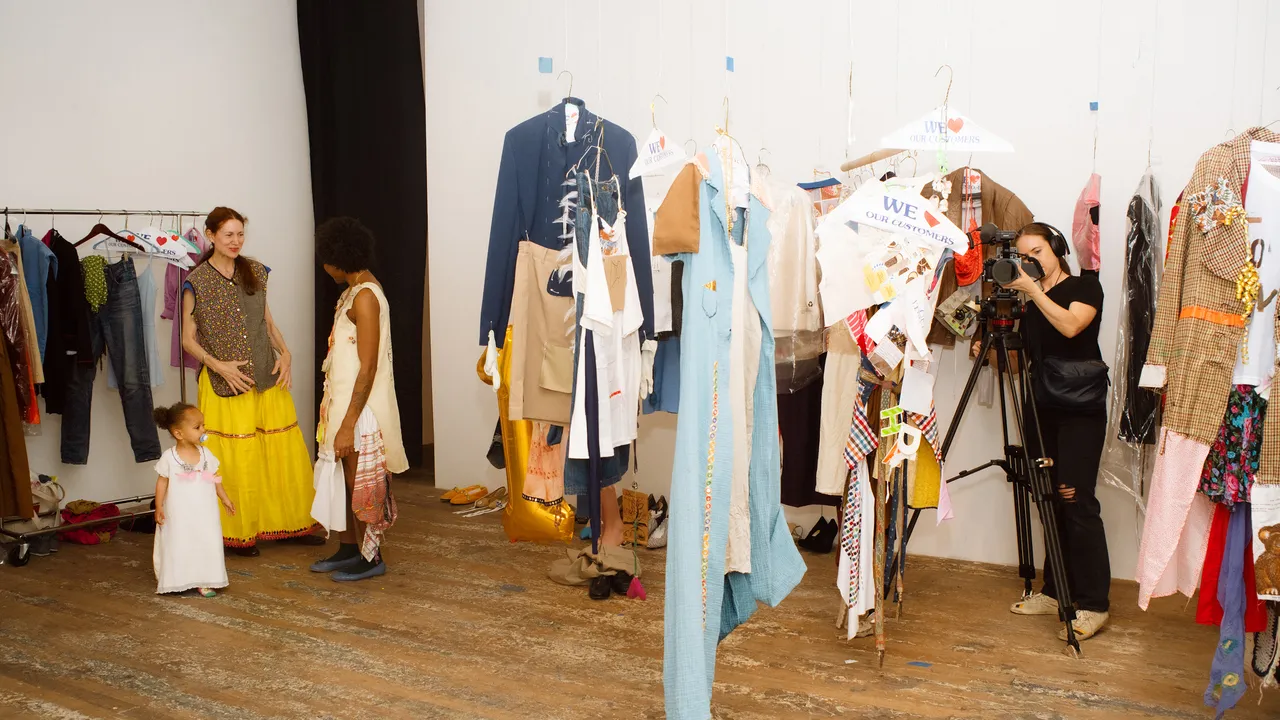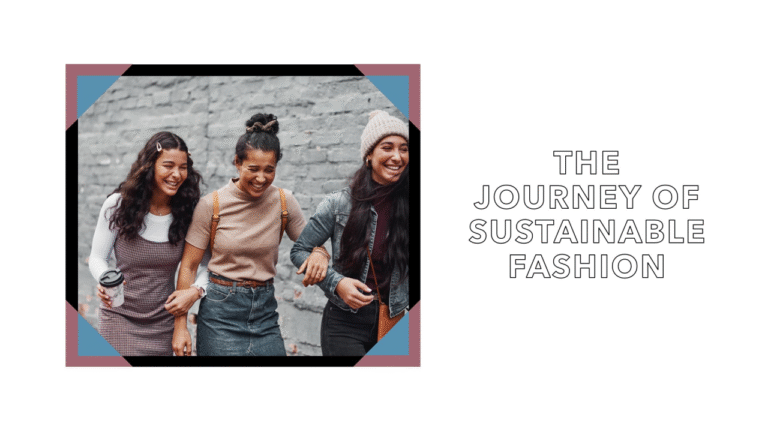Beyond The Hanger Fashion As A Cultural Lens
Beyond Apparel Defining Fashion’s Broad Scope
Fashion is far more than just the clothes we wear; it is a dynamic and multifaceted phenomenon that encompasses prevailing styles across various elements of personal presentation and lifestyle. This broad definition includes not only garments but also accessories, footwear, hairstyles, makeup trends, and even the broader lifestyle choices that define an era or group at a given time Britannica. For instance, the rise of athleisurewear isn’t just about sportswear; it reflects a shift in lifestyle towards comfort, health, and a more casual approach to daily attire. Similarly, the popularity of certain tech accessories or sustainable living practices can be considered part of the overarching fashion landscape. It’s a constantly evolving cultural expression, shaped by global influences and individual interpretations, moving beyond mere utility to become a significant aspect of identity and collective consciousness. This comprehensive view acknowledges that fashion permeates almost every aspect of how we present ourselves and interact with the world, making it a powerful lens through which to understand societal shifts.
Fashion as a Language Communicating Identity and Status
At its core, fashion serves as a powerful form of self-expression and non-verbal communication. It allows individuals to convey a rich tapestry of information about themselves without uttering a single word. Through our sartorial choices, we communicate our identity, social status, cultural affiliations, and even our transient moods FashionUnited. A bespoke suit might signal professionalism and authority, while a band t-shirt and ripped jeans could express allegiance to a subculture or a casual, rebellious spirit. Colors play a significant role as well; vibrant hues often suggest cheerfulness or creativity, whereas muted tones might imply sophistication or a desire for subtlety. Beyond individual expression, fashion also acts as a social marker, categorizing individuals into groups or signaling aspiration. Historically, sumptuary laws dictated who could wear what, but even in modern society, certain brands, styles, or even the condition of one’s clothing can subtly communicate wealth, taste, and social standing. Thus, fashion is a silent dialogue, constantly shaping perceptions and reinforcing or challenging societal norms.
The Forces Shaping Fashion’s Evolution
The evolution of fashion is a continuous, intricate process, perpetually influenced by a diverse range of societal and global factors. Far from being a superficial concern, fashion is deeply intertwined with major shifts in human history. Social and political movements, for instance, frequently ignite changes in dress codes. The women’s suffrage movement saw women adopting more practical attire, liberating them from restrictive corsets, while the counter-culture movements of the 1960s and 70s introduced anti-establishment styles like tie-dye and bell-bottoms. Technological innovations are equally transformative, revolutionizing textile production, fabric development, and manufacturing processes Vogue. The invention of synthetic fibers like nylon and rayon, for example, opened up new possibilities for garment design and affordability. Economic conditions also play a critical role; during periods of prosperity, fashion often becomes more elaborate and experimental, whereas recessions can lead to more conservative, durable, and practical styles. Shifts in cultural values and aesthetics, such as growing awareness of sustainability or the celebration of diverse body types, also profoundly reshape design philosophies and consumer preferences. These interwoven factors ensure that fashion remains a dynamic reflection of human progress and societal values.
Trendsetters Street Style and the Cyclical Nature of Fashion
While the haute couture runways of Paris and Milan often showcase the avant-garde visions of designers and fashion houses, who undoubtedly dictate initial trends, the journey of a style from concept to widespread popularity is far more complex. Street style, born from the innovative and often rebellious choices of everyday individuals, plays an increasingly significant role in shaping what truly becomes popular. Social media influencers and celebrities further amplify trends, transforming niche styles into mainstream desires through their vast reach and aspirational appeal. These diverse sources of inspiration contribute to a constant ebb and flow of styles. Interestingly, fashion trends often move in cycles, with past styles being reinterpreted and revived for contemporary audiences Business of Fashion. We frequently see echoes of 1970s bohemian, 1990s grunge, or Y2K aesthetics reappearing on runways and high streets, updated with modern sensibilities or materials. This cyclical nature reflects a constant dialogue between history and modernity, where nostalgia meets innovation, allowing new generations to connect with and reimagine the aesthetic heritage of previous eras.
Fashion as a Societal Mirror Aspirations and Transformations
Ultimately, fashion acts as a profound mirror, reflecting the pulse of society itself. It not only chronicles our collective history but also embodies our aspirations, anxieties, and ongoing transformations. The prevailing styles of an era can tell us much about what people value: whether it’s practicality and utility during wartime, opulence and glamour during economic booms, or comfort and individuality in contemporary times. Fashion serves as a barometer for social change, charting shifts in gender roles, environmental consciousness, technological advancements, and cultural integration. For instance, the move towards gender-fluid fashion mirrors evolving societal understandings of identity, while the growing emphasis on sustainable clothing reflects increasing environmental awareness. It can highlight collective anxieties, such as the desire for security and comfort through protective silhouettes, or showcase collective aspirations, like the embrace of futuristic designs signaling hope for technological progress. By observing what people choose to wear and how they present themselves, we gain invaluable insights into the collective psyche, dreams, and challenges of a society in constant motion.
Sources
- Business of Fashion – The Fashion Cycle: How Long Do Trends Last?
- Britannica – Fashion (clothing)
- FashionUnited – The power of fashion: How it shapes identity and society
- Vogue – How Trends Are Made
Conclusion:
Fashion is more than clothing—it is a living language that mirrors identity, culture, and societal change. As trends evolve, it continues to embody our values, aspirations, and collective story.


